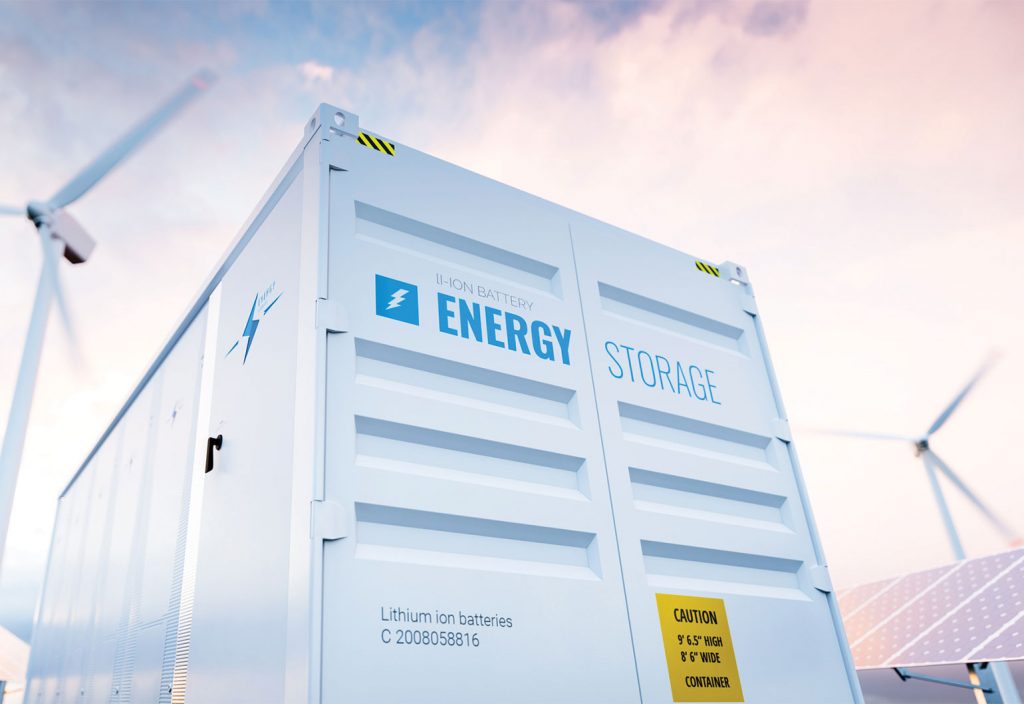Ahead of her presentation at the Climate Smart Engineering conference, Aurecon Mechanical Engineer Theresa Tian Qin shares a novel approach to bring renewables to regional Australia.
Inland regional communities tend to miss out on a lot of major renewables initiatives, such as big wind, hydro and solar plants. These plants are typically on-grid, coastal and built to benefit cities.

Mechanical Engineer, Aurecon
What can the smaller towns that miss out on these major initiatives do?
I looked into this during my recent honours thesis research. My thesis, which I’ll be presenting at the Climate Smart Engineering conference, is about integrating a solar thermal generator with a geothermal generator, and at the same time desalinating water.
There hasn’t been a lot of research conducted on the idea of combining multiple different small-scale, renewable systems into a single system to improve efficiency. I framed my research as a case study on Winton in Central West Queensland.
The local area has quite a few low-grade geothermal sources.
On their own, these are not good enough to run a geothermal power plant. There are a few bores in Winton supplying geothermal fluid to the town at about 80°C. It is allowed to cool and then used to supply the town mains.
I suggest not wasting that geothermal energy and using it instead to make a solar thermal system more efficient. This is a new concept and a lot more work needs to be done before we see a market-ready design.
This is niche in the sense that it’s only suitable for regional towns that are not connected to the grid, which usually have their own diesel generator. But that is the case for a lot of regional towns — not just in Queensland but throughout Australia. It’s niche, but there is potentially a very large market for it in Australia.
I ran simulations to figure out an optimised arrangement. Solar thermal is the main generation technology, with a boiler being powered by solar thermal energy. When we combine a geothermal source to the mix, the efficiency is dramatically improved.
Adding thermal-powered water desalination means the system wastes as little heat as possible while providing enough water for the entire town to drink.
That’s just one option of combining technologies; I’ll go through more at the conference. Energy storage, for times when the sun is not shining, also needs discussing.
Making the systems fit together is a fascinating challenge and the solution will be all about brilliant engineering.
